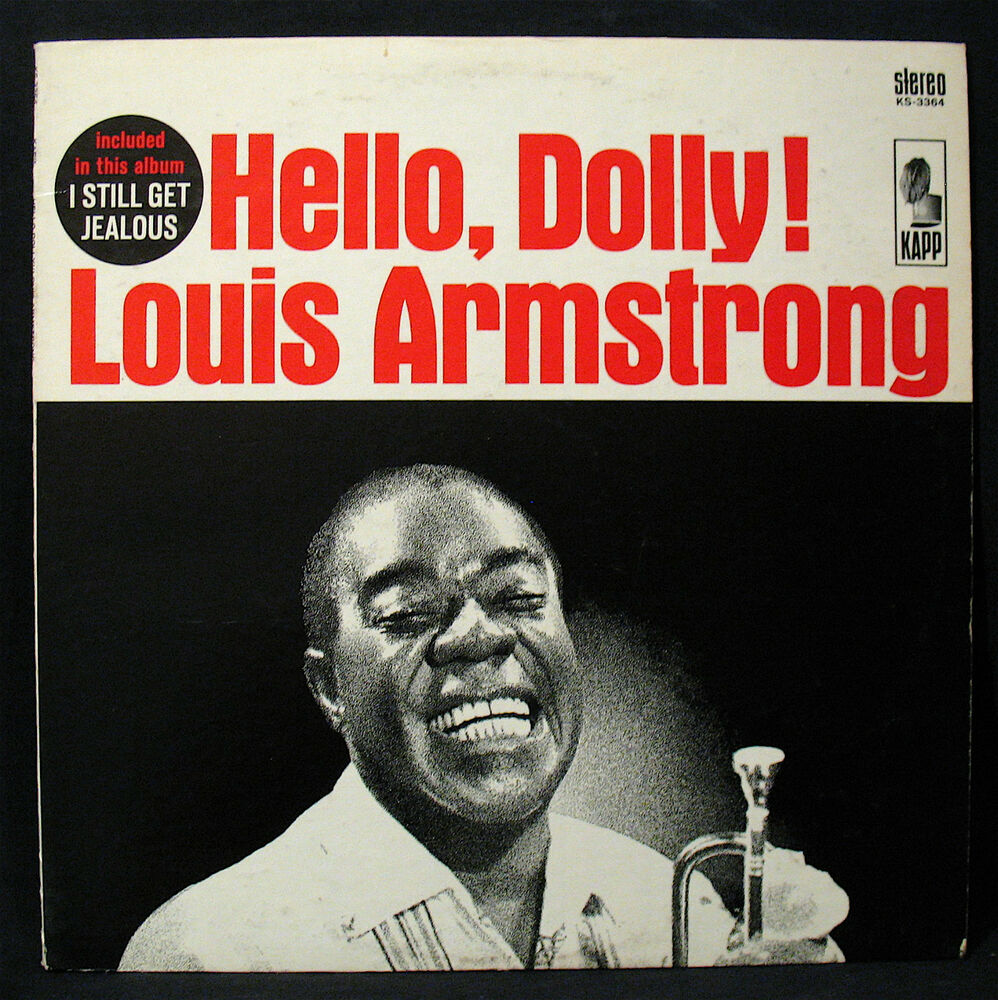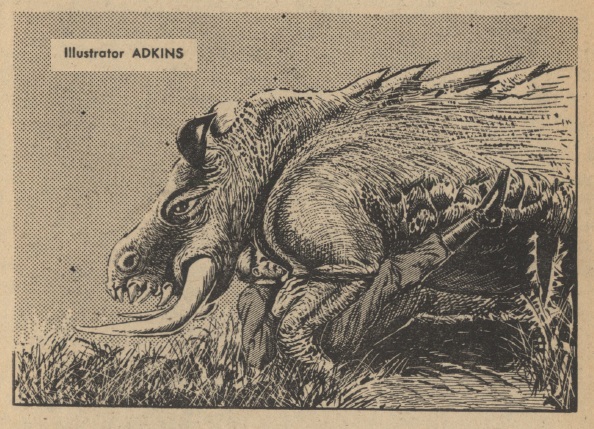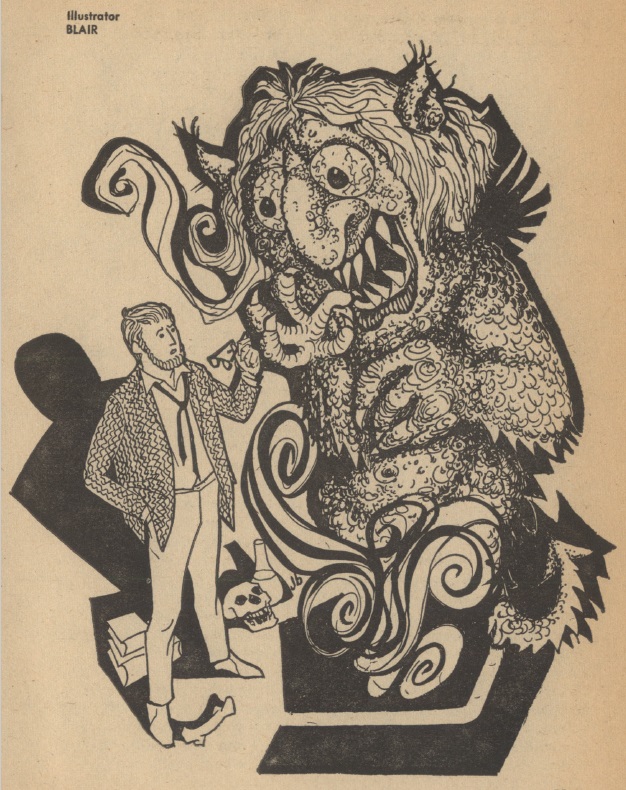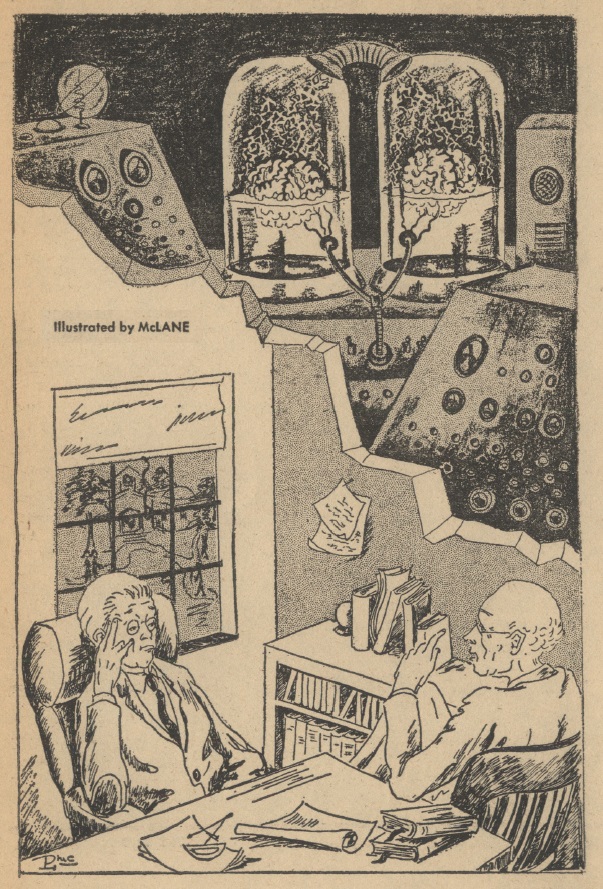
by Gideon Marcus
Natalie Devitt, bless her soul, is a good sport. When even my own wife and daughter won't come to the Drive-In with me, I can count on the Journey's resident film and TV expert to share the popcorn. I'd learned that Del Tenney had a new double-feature of schlock presenting at the local spot, combining The Horror at Party Beach and The Curse of the Living Corpse. The newspaper even said you had to fill out a waiver so you wouldn't sue if the films gave you a heart attack (an old Castle Films gimmick).
When Natalie came over for our monthly record-listening date, I showed her the clipping. How could she refuse? So, we trundled down to San Diego (I understand they might build a Drive-In in Oceanside soon, which would be nice) and promptly became the one pair of moviegoers that wasn't necking.
I'm shocked, I tell ya. How could they fail to be entranced by Tenney's brilliant fusion of the beach and horror genres? Well…it wasn't that hard. Read on and find out.

First up, we get a jazzy soundtrack and the rumble of engines. Our hero and his current flame are toodling along in a very nice convertible. Main Man is not too thrilled by the biker gang escort, nor his girlfriend's making of the goo-goo eyes at the head cycle enthusiast. A race ensues, which the car handily wins.

"Hey! No passing on the right!"
Meanwhile, out to sea, we witness a conscientious barge crewman dropping canisters of clearly labeled radioactive waste into the water. It turns out that he is not depth charging a German U-Boat but simply getting rid of the stuff in as cost-effective a manner as possible. It's too bad we don't have laws against this kind of thing. Maybe LBJ can make it part of his Great Society.

Making The Enemy Below.
Main Man and his +1 arrive at their destination, the swingingest beach party ever filmed in monochrome, without the benefit (liability?) of Frankie Avalon and Annette Funicello.

Hey! It's Hank Marvin of The Shadows

Just your typical beach party.
The movie was billed as "The First Horror Monster Musical", but it really just had a lot of beach band scenes played by a weird cross between the Beach Boys and the Shadows. I was perfectly fine with this. In fact, I probably would have watched the forty-five minute short film that could have been stitched together from the party footage; they looked like they were having fun.
At least until the bad guys showed up…

Beautifully choreographed entrance by the Charter Oak Motorcycle Club of Riverside, Connecticut.
Main Man's fickle flame does a passion dance for the leather jacketed biker hunk, and of course, a the male domination ritual ensues.

I know I packed my muscles in here somewhere.
The fight is soon over, brain having triumphed over brawn. I guess. Interestingly enough, the biker turns out to be a swell fellow about it.

This is the most romantic tension in the film.
Fickle Flame (you can see how much of an impression the movie made on me — I can't remember any of the names) decides she can't compete with a couple of Real Men and goes off to swim on her own. This is a Bad Idea.

As seen on The Outer Limits

Being smeared with chocolate syrup is painful and lethal.
This murder is big news. The local law enforcement gets involved and quickly realizes this is above their pay grade, so they contract out to the local scientist, the Platonic ideal of an egghead.

Glasses and pipe, Eric Dolphy's latest hit.
Cecil the Seasick Sea Monster, in the meantime, somehow spawns a buddy, and they attack a local slumber party.

"Wanna come over and eat S'mores and hit each other with pillows?"

"NEVER MIND!"
And then three ladies get stranded on the side of road with a flat tire. For some reason, the shortcut to New York City from Connecticut runs through a roadless forest. Too bad for them.

"Is it the Auto Club man?" No.
After that mauling, we get a romantic interlude between Main Man and Egghead's Daughter. This scene is welcome because it features more music by the Pseudows.

"It's so good to just relax after all the mass murder that's been going around."
Cut to a hungry Sea Zombie who, after missing out on his chance to eat another pair of women, decides to try his luck on a store window mannequin. Instead, the monster slices its arm off on the glass. This proves fortuitous, for it gives Doc Egghead the opportunity to probe into the monsters' nature. He determines that they are revived corpses, mutated from skeletons (!) by radiation. As former humans, only one substance is sufficient to sustain them — human blood. Apparently the array of sausages in the monsters' mouths is actually a set of suckers. Not that this is ever made clear in the action.
Eulabelle, the superstitious, Voodoo-worshipping maid (because, of course she is), spills a beaker of sodium on the arm, and it bursts into flame. It's all the water in its make-up, apparently. Now the good guys have a defense against the Cecils!

"But how will we get the stain out, Eulabelle?"
But how to find them? Despite being shambly and not terribly bright, they are somehow impossible to find. That is, until Egghead's Daughter hatches (haha!) the idea to use geiger counters to track their radioactive trail. With no time to lose, given that the population of the small town has already shrunk by about half, everyone disperses to track the Uranium traces.
Alone.

I generally have better luck with a jig or a spinner.
This puts Egghead's Daughter at risk. In fact, she is soon assaulted by not two, but a full dozen monsters (but we never see more than two at a time close up, probably because Tenney only had two suits).

One fish, two fish, gray fish, gray fish.
Luckily for her, the MEN arrive in time, sodium grenades in hand, and torch the bad guys.

In a scene right out of Zulu!
The seven remaining townsfolk live happily ever, and the credits roll, made all the better by a return of the band.

No kidding — they're called the "Del-Aires"!
Post-mortem
That's the plot. How was the movie? From my sardonic description and the attached clips, I imagine the movie looks pretty bad.
That's good. It was pretty bad.
However, schlock it might have been, but it wasn't entirely dreck. Sure, it was no Psycho, but someone on their team was a decent editor, keeping the scenes and the overall movie trucking right along. I was flabbergasted, I was made to roll my eyes, but I was never bored. And while the film's score was no great shakes, consisting of one vibrato-laden underwater sting, the band was good in a "high school kids making ends meet over the summer" kind of way. Plus, I got to see what all the kids were wearing to the beach last year (the movie has a 1963 copyright date).
If there was a disappointment it's that the film missed an opportunity. At one point, the Cecils decide to prey on a pair of affable drunks (two of the three men slain in the film, as opposed to at least twenty women). I had hoped they'd show the Sea Zombies stumbling around in a drunken stupor, but nothing doing.
Bugging Out
Anyway, neither Natalie nor I were enthused about watching the second flick of the double feature. Luckily, the new Paramount technicolor flick, Robinson Crusoe on Mars, was playing on the Drive-In's other screen. After a brief stop at the concession stand for more popcorn, we decided to give the bigger budget film a try.

But that's a story for another article…
(Note: you can buy the 8mm prints of both Tenney movies, with sound, here.)
Speaking of films, enjoy this latest appearance by the Traveler and Young Traveler — this time, we're talking about the Van Allen Belts!

![[June 10, 1964] What washed up (<i>Horror at Party Beach</i>)](https://galacticjourney.org/wp-content/uploads/2019/06/640610horror-459x372.jpg)


![[June 8, 1964] Be Prepared! (July 1964 <i>IF</i>)](https://galacticjourney.org/wp-content/uploads/2019/06/640608cover-672x372.jpg)








![[June 6, 1964] Going Up from Down Under (The launch of the Blue Streak rocket)](https://galacticjourney.org/wp-content/uploads/2019/06/640606Blue-Streak-launch-672x372.jpg)






![[June 4, 1964] Weird Menace and Villainy in the London Fog: The West German Edgar Wallace Movies](https://galacticjourney.org/wp-content/uploads/2019/06/640604The_Green_Archer-672x372.jpg)





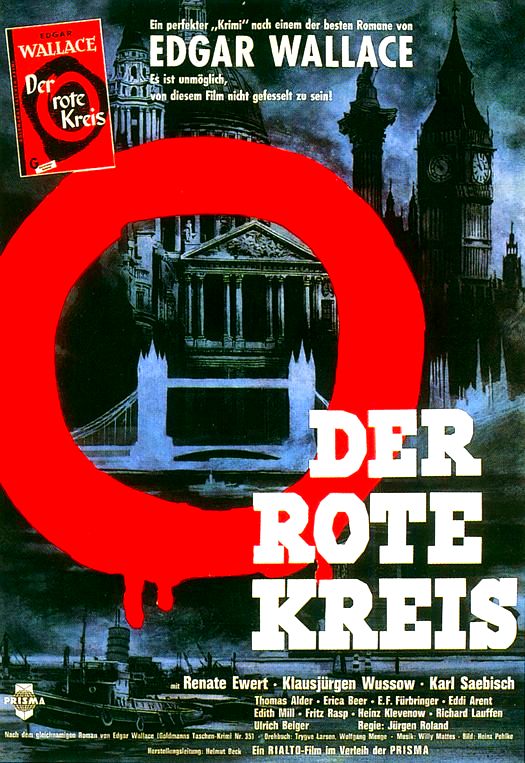
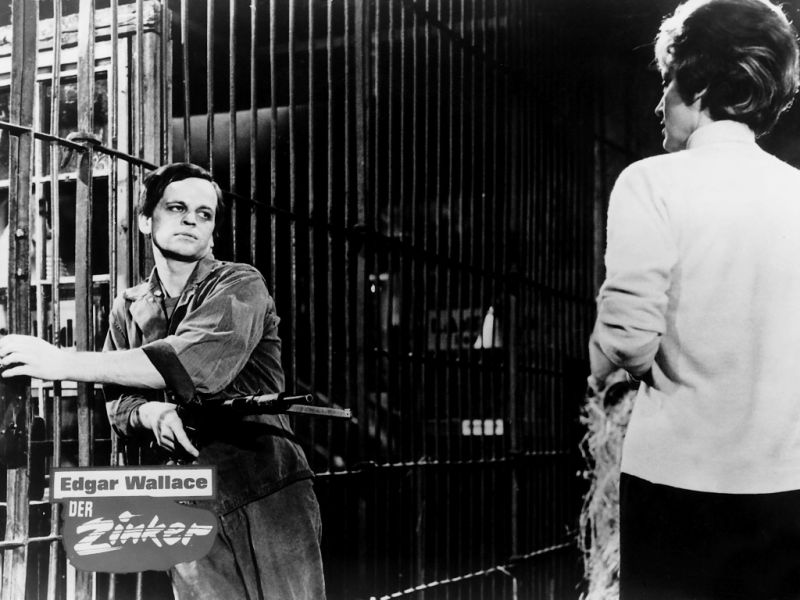
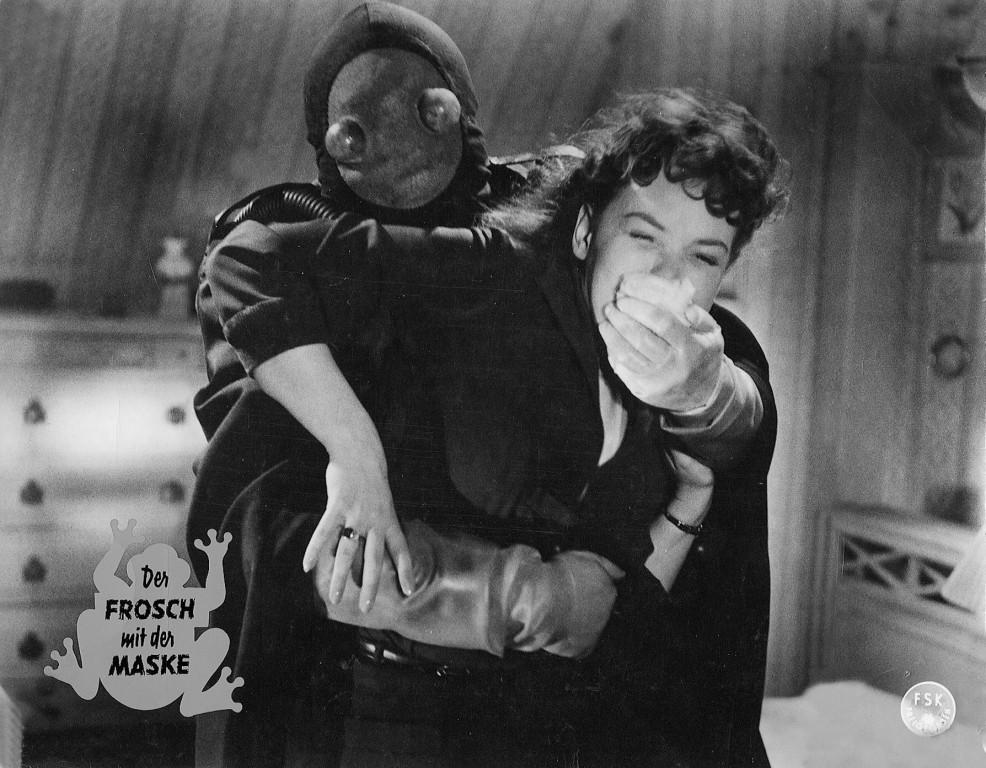
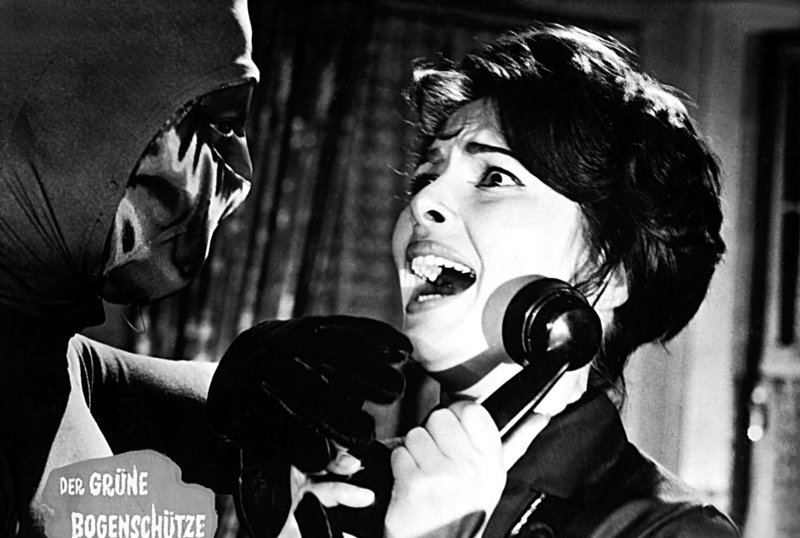
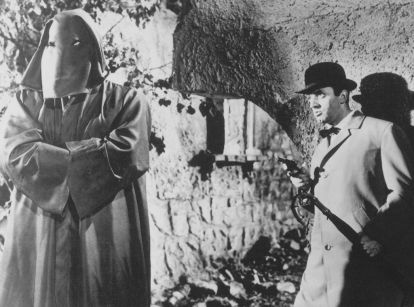


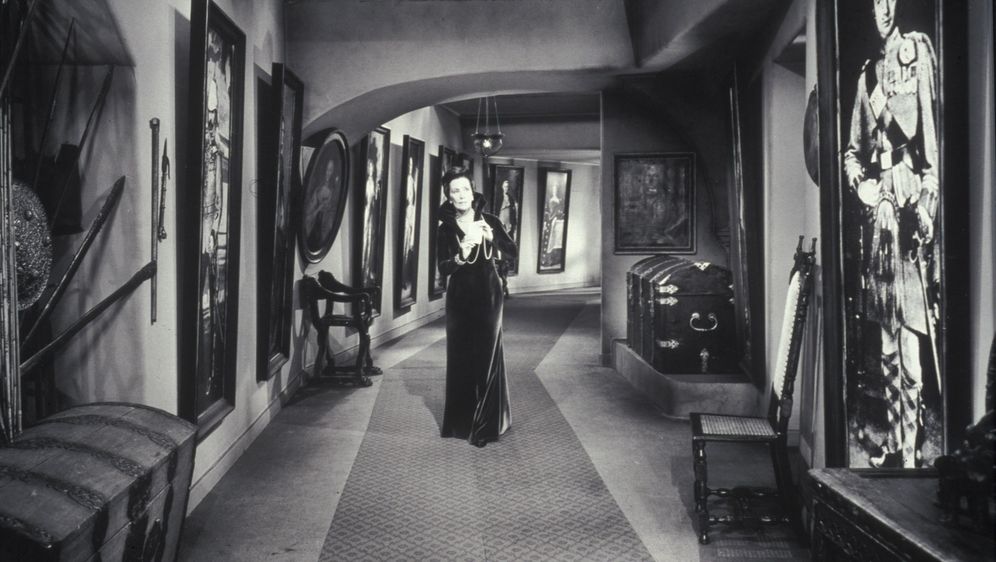




![[June 2, 1964] June Gloom (June 1964 <i>Analog</i>)](https://galacticjourney.org/wp-content/uploads/2019/06/640602cover-672x372.jpg)

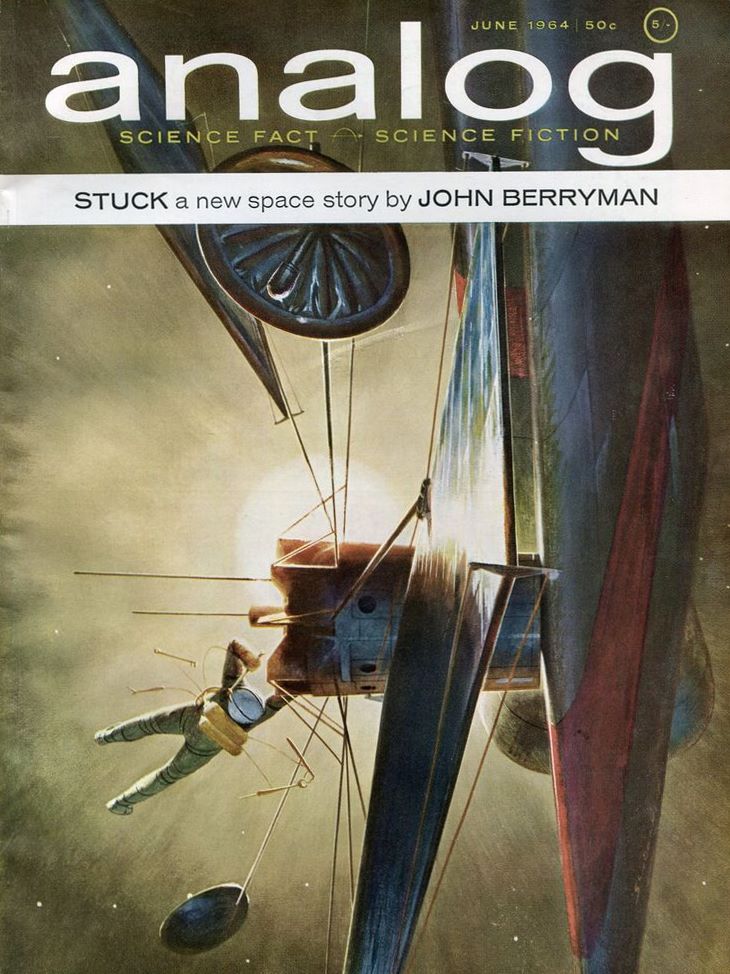

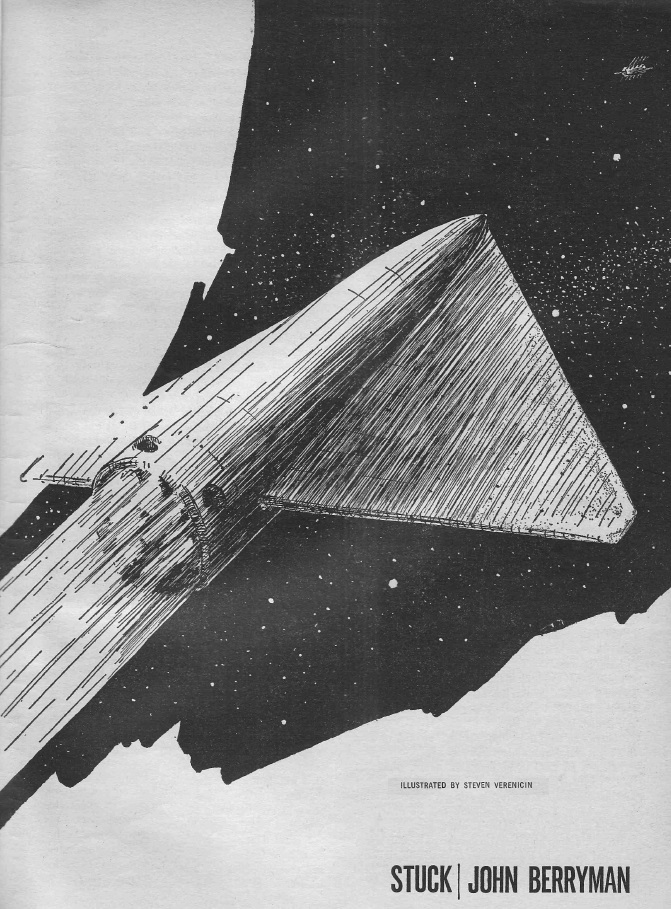
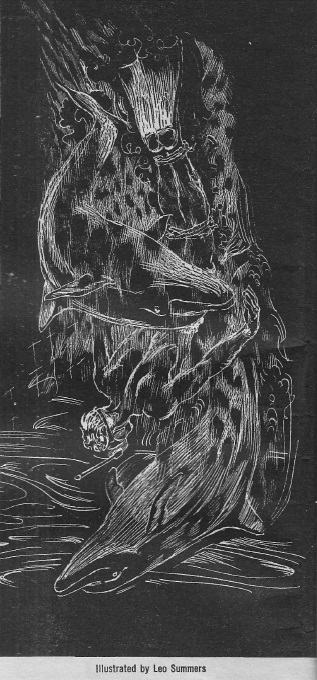
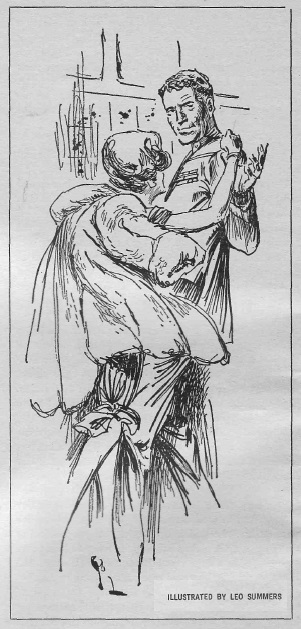
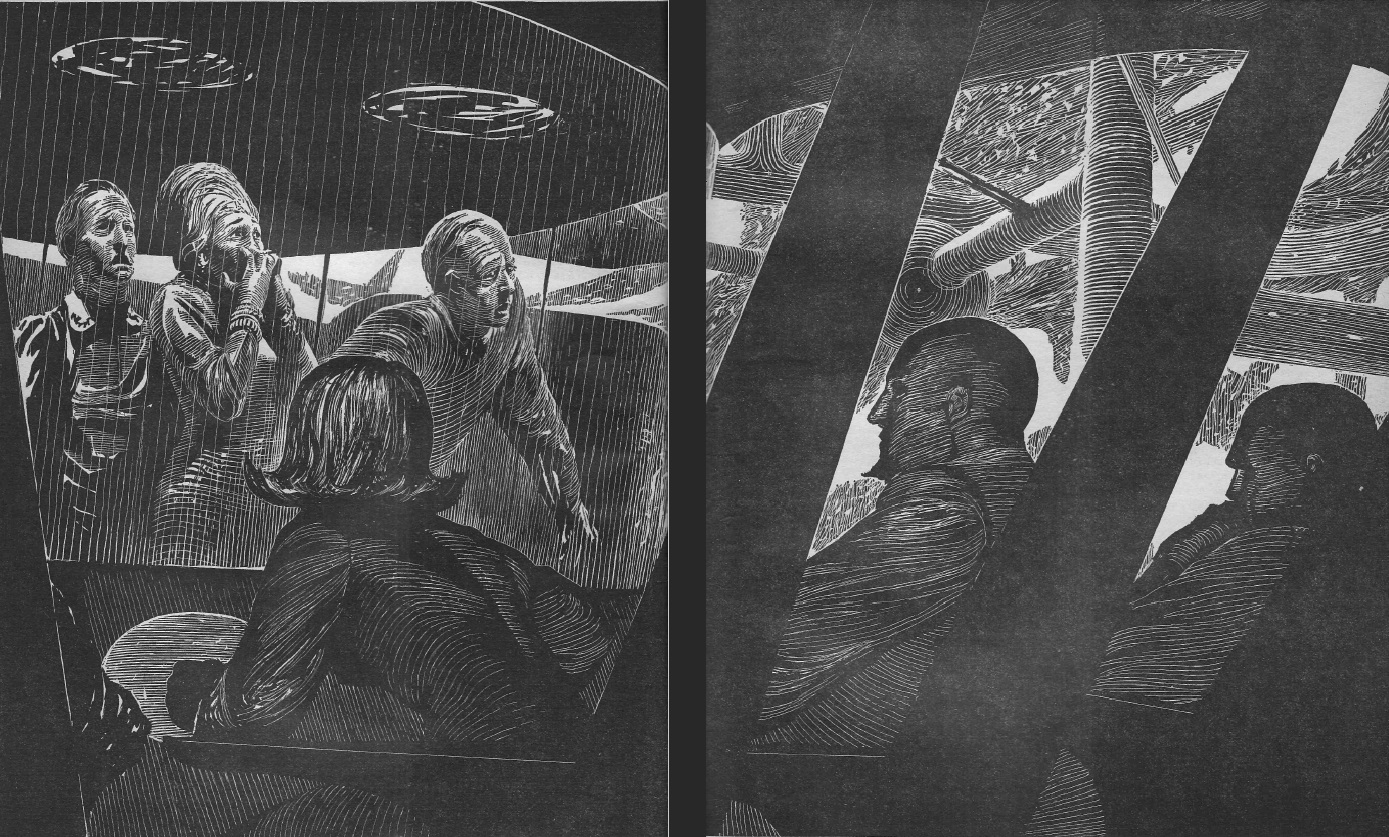
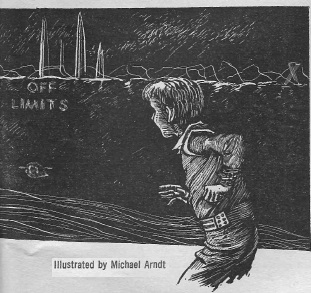

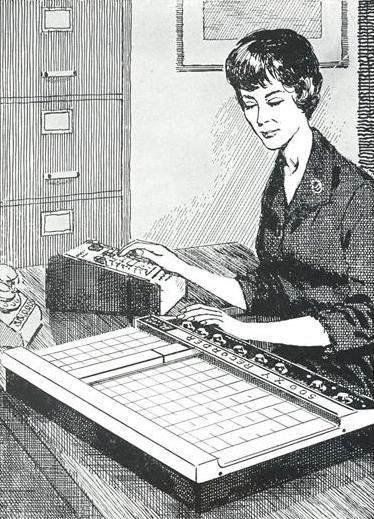
![[May 30, 1964] Every journey begins… (Apollo's first flight!)](https://galacticjourney.org/wp-content/uploads/2019/05/640530apollo-672x372.jpg)





![[May 28, 1964] Down to the Wire (<i>Twilight Zone</i>, Season 5, Episodes 29-32)](https://galacticjourney.org/wp-content/uploads/2019/05/640528e-672x372.jpg)







![[May 26, 1964] Stag Party (Silverberg's <i>Regan's Planet</i> and <i>Time of the Great Freeze</i>)](https://galacticjourney.org/wp-content/uploads/2019/05/640526books-672x372.jpg)



![[May 24, 1964] The Darkest of Nights… ( <i>June 1964</i>)](https://galacticjourney.org/wp-content/uploads/2019/05/640528Darkest-book-club-1964-423x372.jpg)


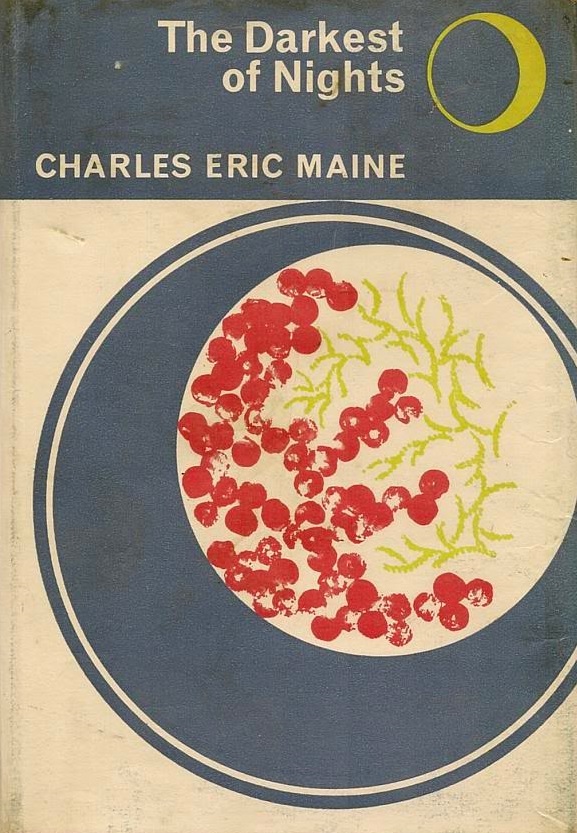
![[May 22, 1964] Not Fade Away (June 1964 <i>Fantastic</i>)](https://galacticjourney.org/wp-content/uploads/2019/05/640522cover-507x372.jpg)


